
Freedom of nature
Sustainable getaways
Real human connections
Packing Guide: How to Pack a Backpack
Need some tips on how to pack a backpack for your next adventure? Well, you’re in good hands, with this guide you’ll learn in no time!
How to pack a backpack for hiking
Knowing how to pack a backpack is an important part to a safe, comfortable, easy and fun adventure! Below we’ll cover what backpack you’re going to use, what to bring, and how to pack it. Then, just for you, we have provided a list of incredible campspaces for all nature lovers and hikers to visit!
What to bring will also highly depend on the country, weather, season, and specific location so do some research beforehand and prepare accordingly.
If you don’t have any equipment, make sure to check out your local sports store if you don’t have one already, or support sustainable brands like Patagonia. They even have a “used gear” page, and if you’re lucky, they have most of the equipment you need there!
Now for the fun part!
1. What backpacks to use
Firstly, it’s important to establish that using a proper hiking backpack is the absolute best for your safety, comfort and convenience. A hiking backpack is specifically designed to give you easy access to certain compartments if you pack correctly, to give you extra padding in the places needed (like the straps or back), are meant to last and are weatherproof! Sizing will also depend on if it’s a day hike or a multi-day hike.
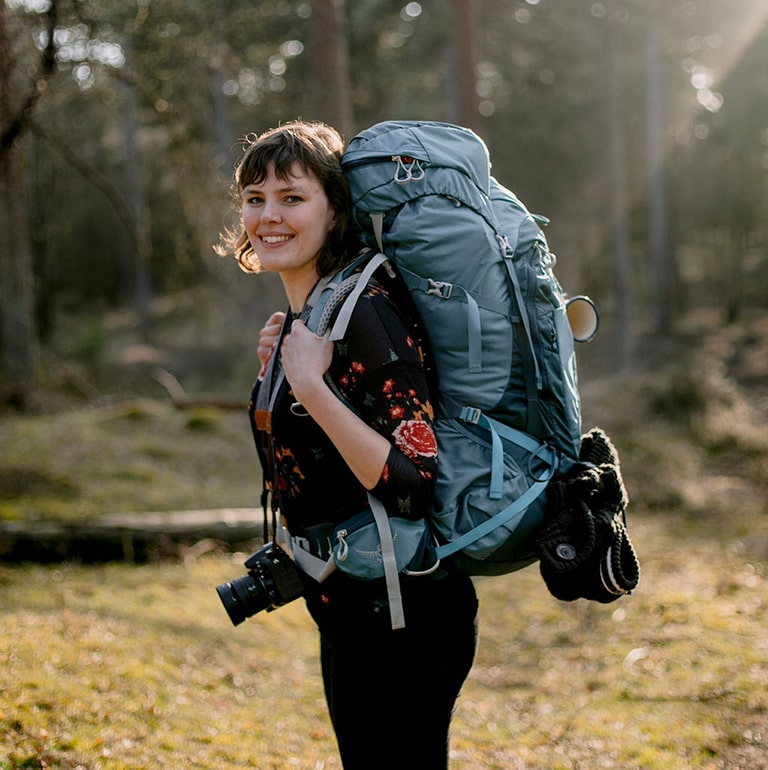
Now you’re set for the backpack, let’s get into it!
2. What to bring
Let’s break down what you need to bring to be prepared for most mild weather conditions or temperatures.
Clothing
-
Hiking shoes: bring your most comfortable and supportive hiking shoes as you’ll be spending hours in nature where the surfaces will vary.
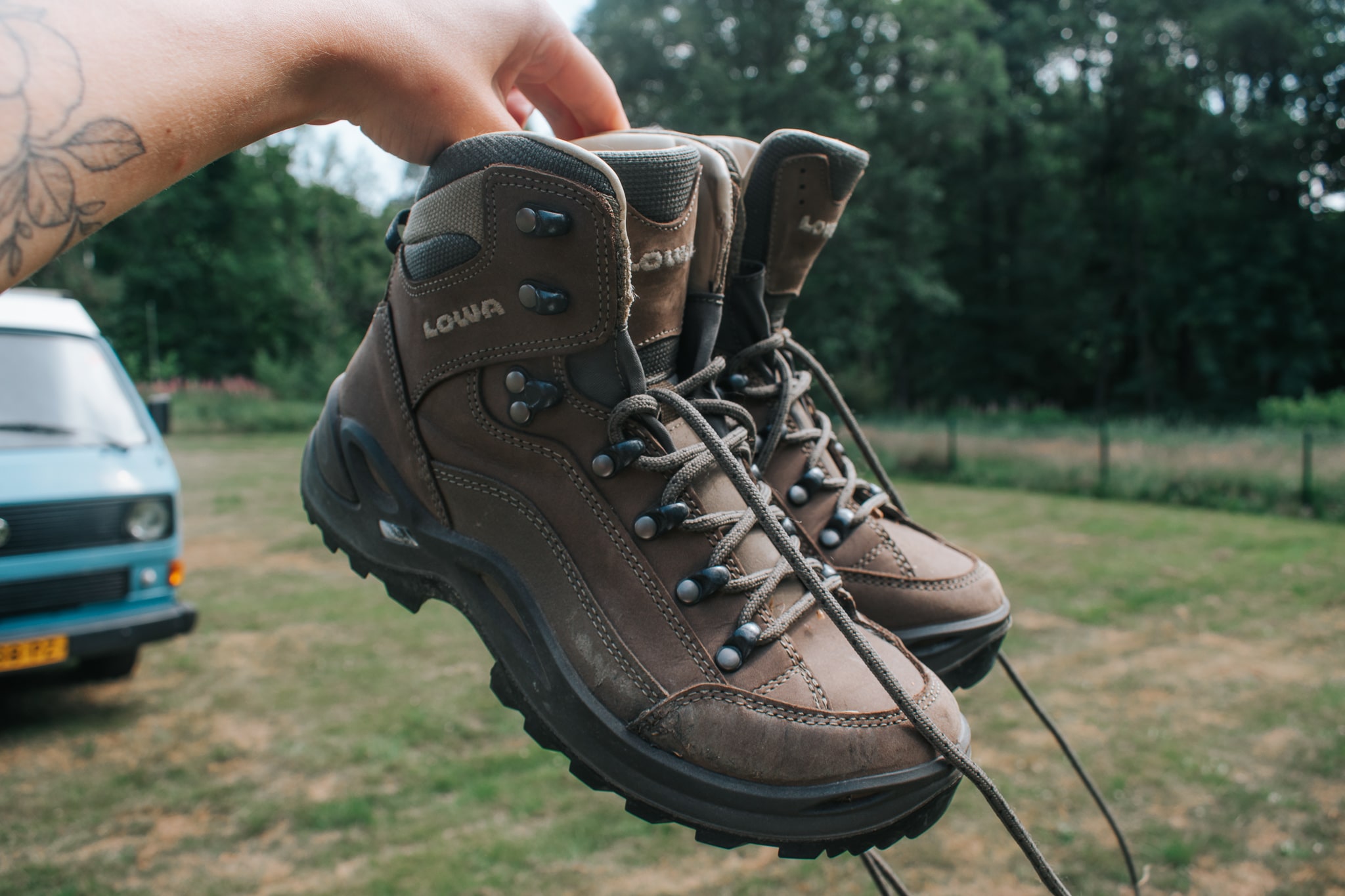
-
Hiking socks: it’s about the proper support from the cushioning with your hiking shoes and the height of that sock that are important.
-
Base layer: merino wool or polyester base layers are ideal for moisture-wicking and breathability on long hikes. From t-shirts to undergarments and paired with the right outer layer, you’re good to go!
-
Outer layer: your outer layer should be wind and waterproof as well as breathable. The waterproof and breathability rating should be between at least 5,000 mm but at best 10,000 mm to 15,000 mm to withstand just about all weather conditions.
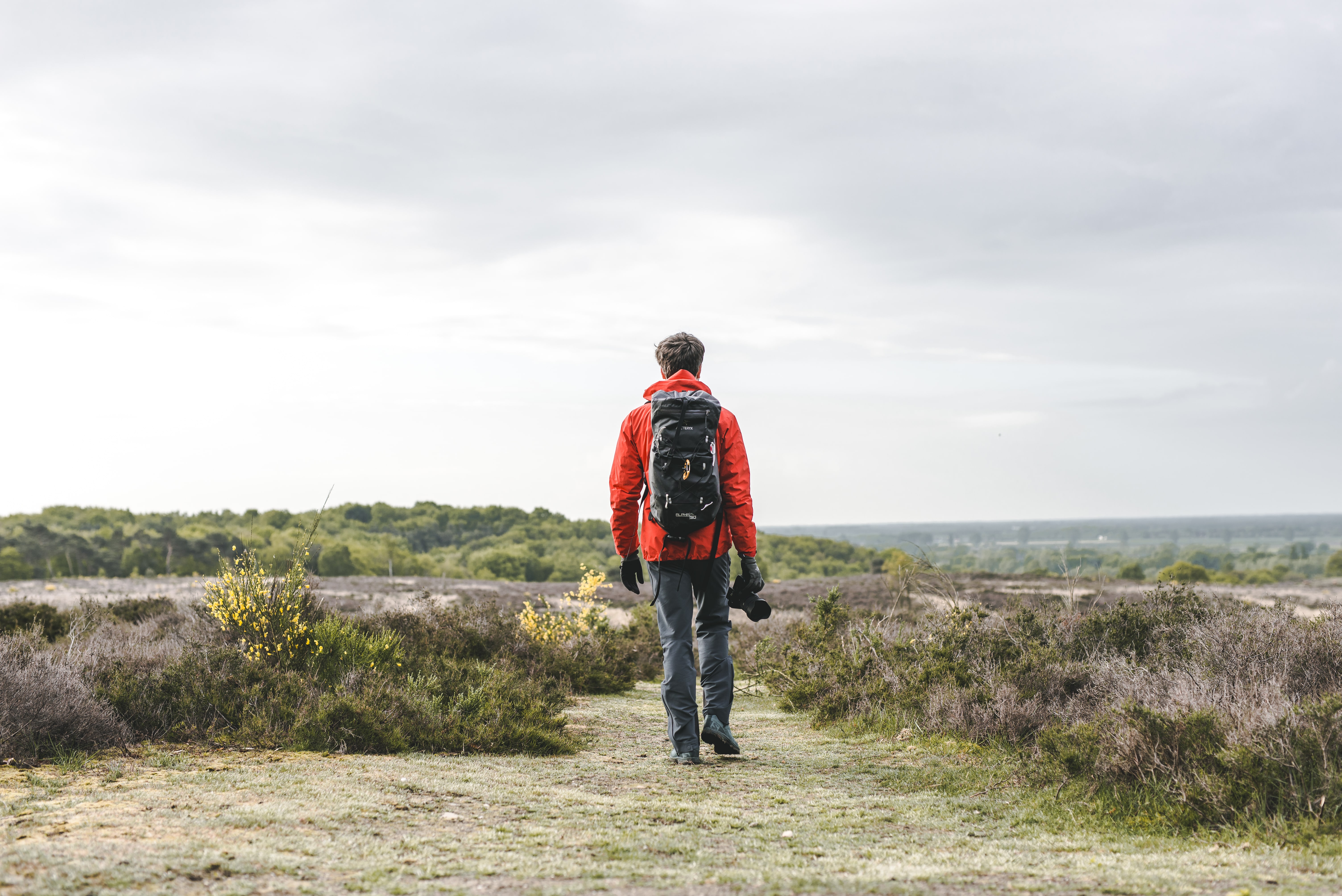
-
Pants/shorts: the best pants are the convertible water and windproof hiking pants that you can zip off into shorts.
Make sure to pack a few more articles if you're hiking multiple days on your camping trip!
Other articles of clothing for alternative conditions
-
Mid-layers: for colder conditions, a mid-layer like fleece is essential in staying warm when paired with your outer layer.
-
Gaiters: great for muddy or wet conditioners, gaiters help by preventing debris and splashes from going on your socks
-
Buff: a weightless and protecting material, a buff is handy when you want to keep your neck warm, protect your face or keep your hair still under your jacket hood.
-
Gloves: fingers and hands are often the places you lose heat and feeling first when in the cold, so gloves are good for warmth.
-
Hat: from a beanie to a sun-blocking hat, both can be useful depending on the conditions.
-
Sunglasses: it can get annoying to have to squint and try to see your surroundings with the bright sun on your face, so sunglasses will ensure a more comfortable hike.
Navigation and safety
-
A map and a compass: know where you are, where you’re headed, and how to head to the direction you need or want. Two essential tools for hikers!

-
A water bottle: 1.5 litre bottles are ideal, but any refillable water bottle will do. Avoid single-use plastic bottles and opt for life long-lasting and durable ones! Dehydration is also not uncommon and can easily be prevented.
-
First aid kit: a first aid kit for hikers is ideal, lightweight, and small. Carry with you the essentials like plasters if blisters occur.
-
Waterproof/dry bags: this is essential to keep your electronics and clothing in. A broken phone won’t help if you need service, and wet clothes when the clothes you are already wearing are soaked through will make not keep you warm. These dry bags will also keep your backpack very organized and easy to pack!
Camping gear (multiple-day hike)
-
Tent
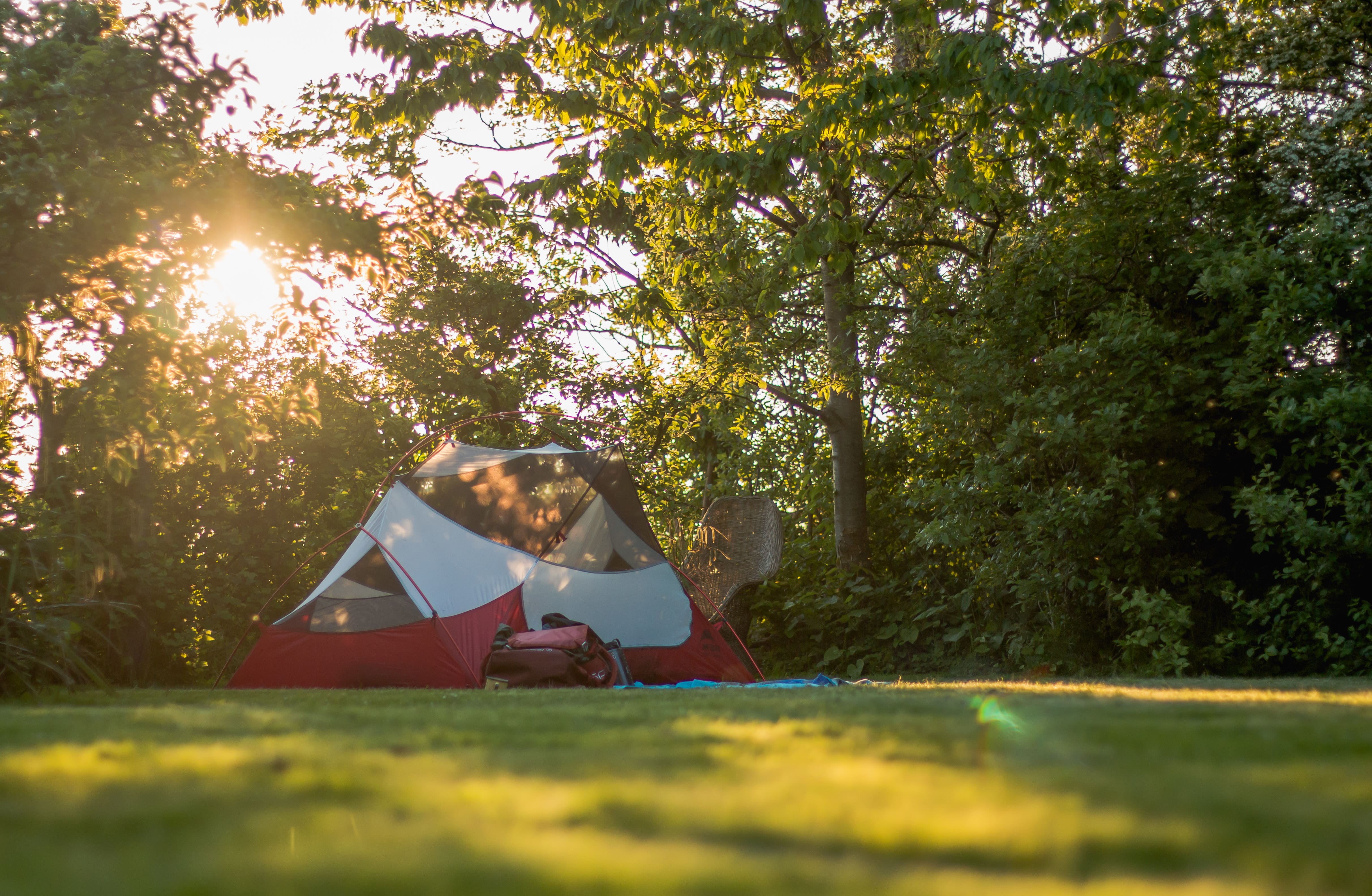
-
Sleeping bag
-
Sleeping pad
-
Cook set and fuel: if there’s a campfire available at the campspace, you’ll need to bring fuel.

-
Food: we have a list of camping meal ideas for breakfast, lunch, dinner and snacks!
-
Plate and cutlery: opt for lightweight, sustainable and studier utensils made of bamboo.
If you’re travelling with others, it’s always good to split the weight of food and eating utensils between the number of travellers. Try to opt for bamboo plates and cutlery, it’s lightweight and sturdier.
Extra gear for convenience
-
Waterproof cases for map, and electronic like your phone.
-
Torch: definitely a handy tool if you misjudge your timing often, a torch will help guide the way or to look at the map. Most phones have torchlight features, worst case.
-
Microfibre towel: a lightweight a quick-drying material, microfibre is handy for drying anything if needed.
-
Snacks: high protein and energy snacks can’t go wrong, boost your energy with a bar when needed.
3. Packing your backpack
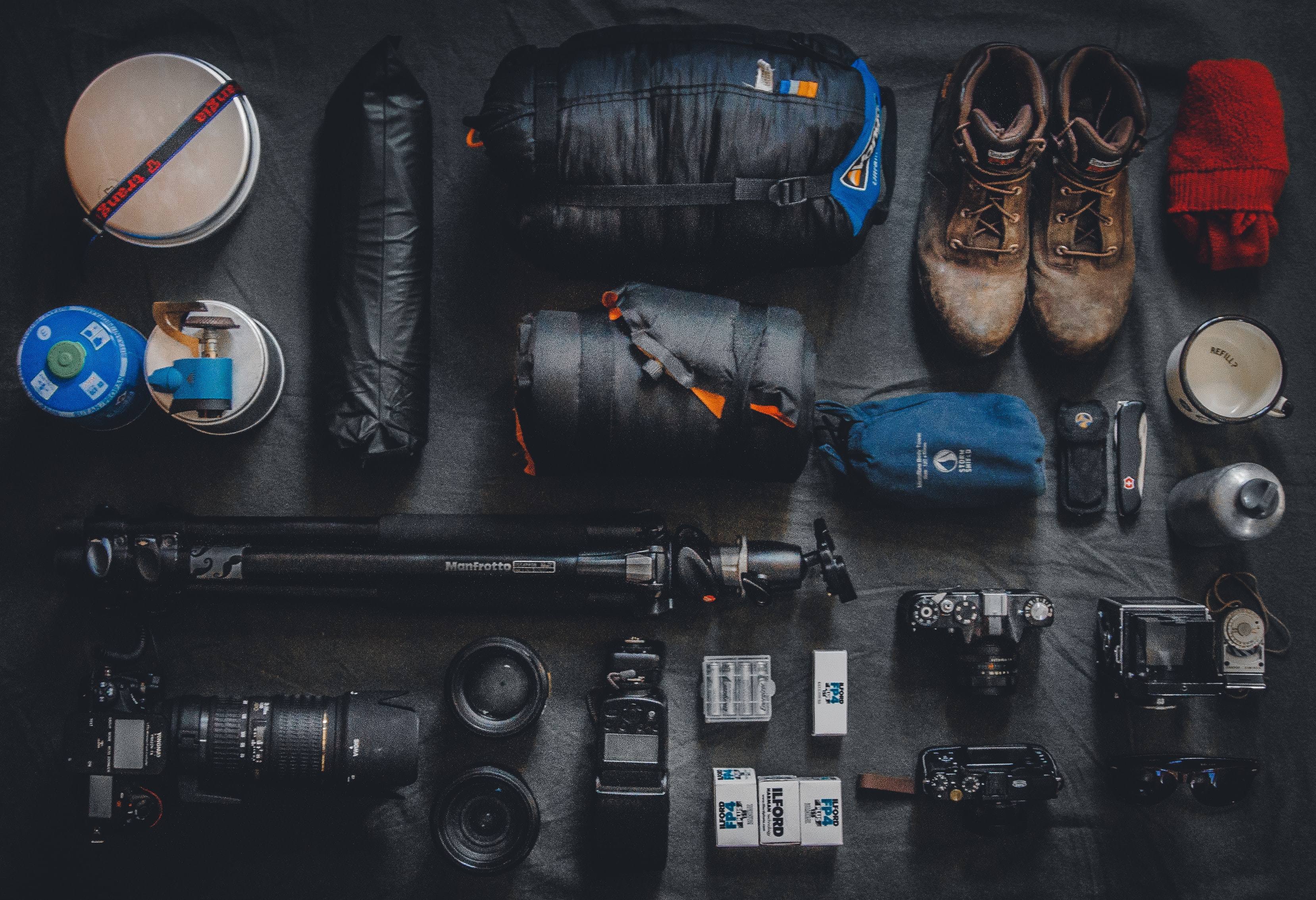
As previously mentioned, packing in smaller dry bags will make packing so much easier and more organized for you. This will help compartmentalize your backpack, giving you access to all the equipment or clothing when you need it most.
Put socks and undergarments in one small bag, shirts in another, and so on.
To really take advantage of your backpack space, consider folding your clothing with the army packing technique!
From bottom to top
Your hiking backpack is also already filled with different sections and pockets for your convenience. Work your way from the heaviest hiking gear to the lightest. Then pack accordingly!
Put the heaviest equipment and least important things on the bottom and keep it balanced to protect your back. For day trips, this would be your heaviest clothing and if you’re bringing camping gear, things like your sleeping bag and other camping gear. For a visual guide, have a look at this summer packing guide.
Navigation and safety and electronic equipment should be in its own packet or section that’s easily accessible, most likely in an outer layer pocket of the bag.
Campspaces to go camping and hiking
Every hiker and nature lover needs an open area to explore and feel free. Below are campspaces specifically picked for you to enjoy hikes in local and unique locations.
1. Visit a farm up in the clouds at Claudia’s campspace in the Spanish mountains. Located in Cangas de Onís, you can take open heart meditation classes and of course walk on the beautiful hiking trails in the area.
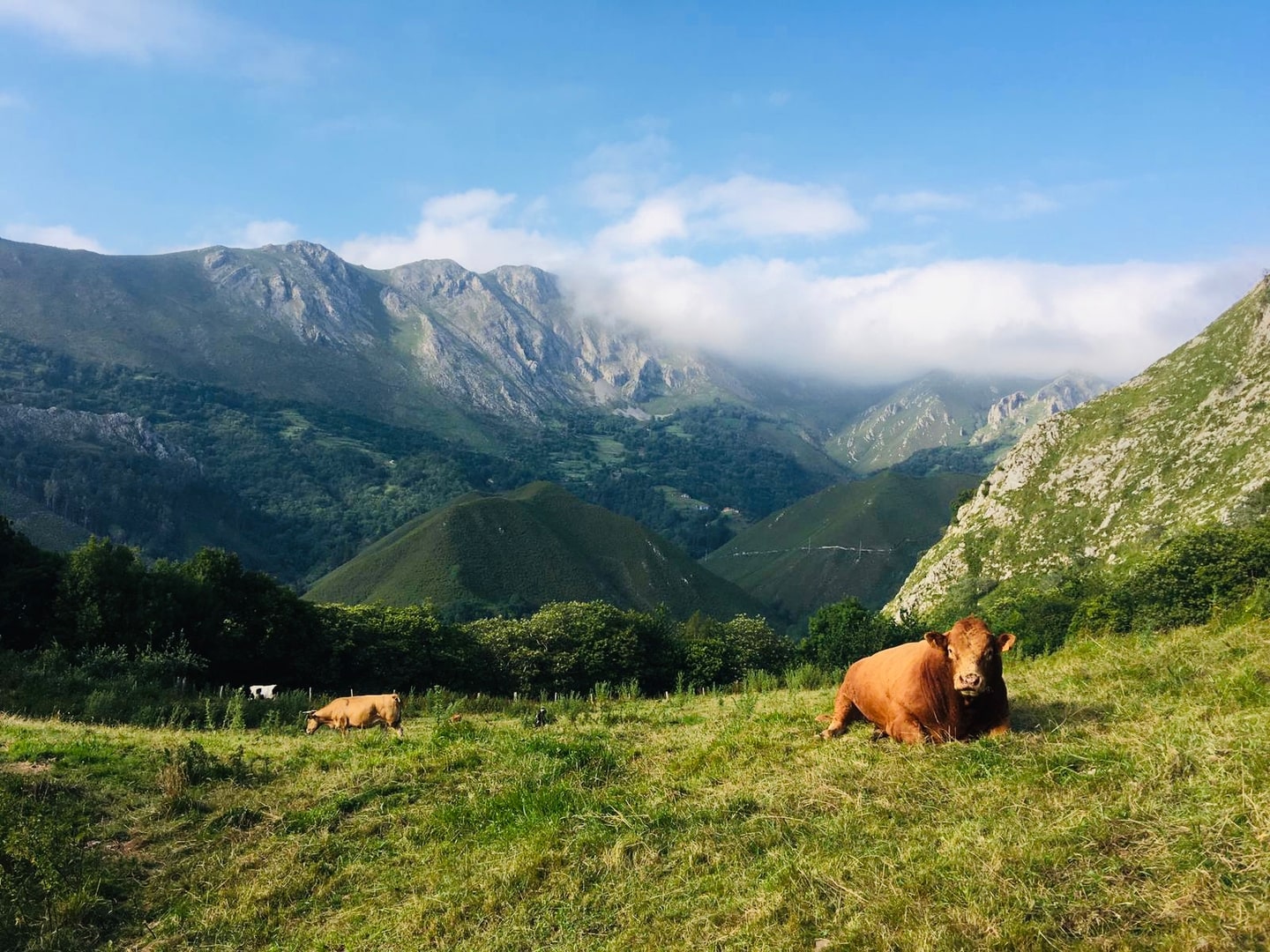
2. Explore the private corners of Quinta do Sol Poente at Nuno’s campspace in Silves, Faro, Portugal! The feeling of wild camping, hike in the water reservoir with a view of the mountains.

3. Admire this organic farm Josefine’s campspace in the true countryside of Linköping, Sweden! Near a rich forest, 4 km away from a lake, and the possibilities to climb down nearby caves, your hiking wishes will be fulfilled here!
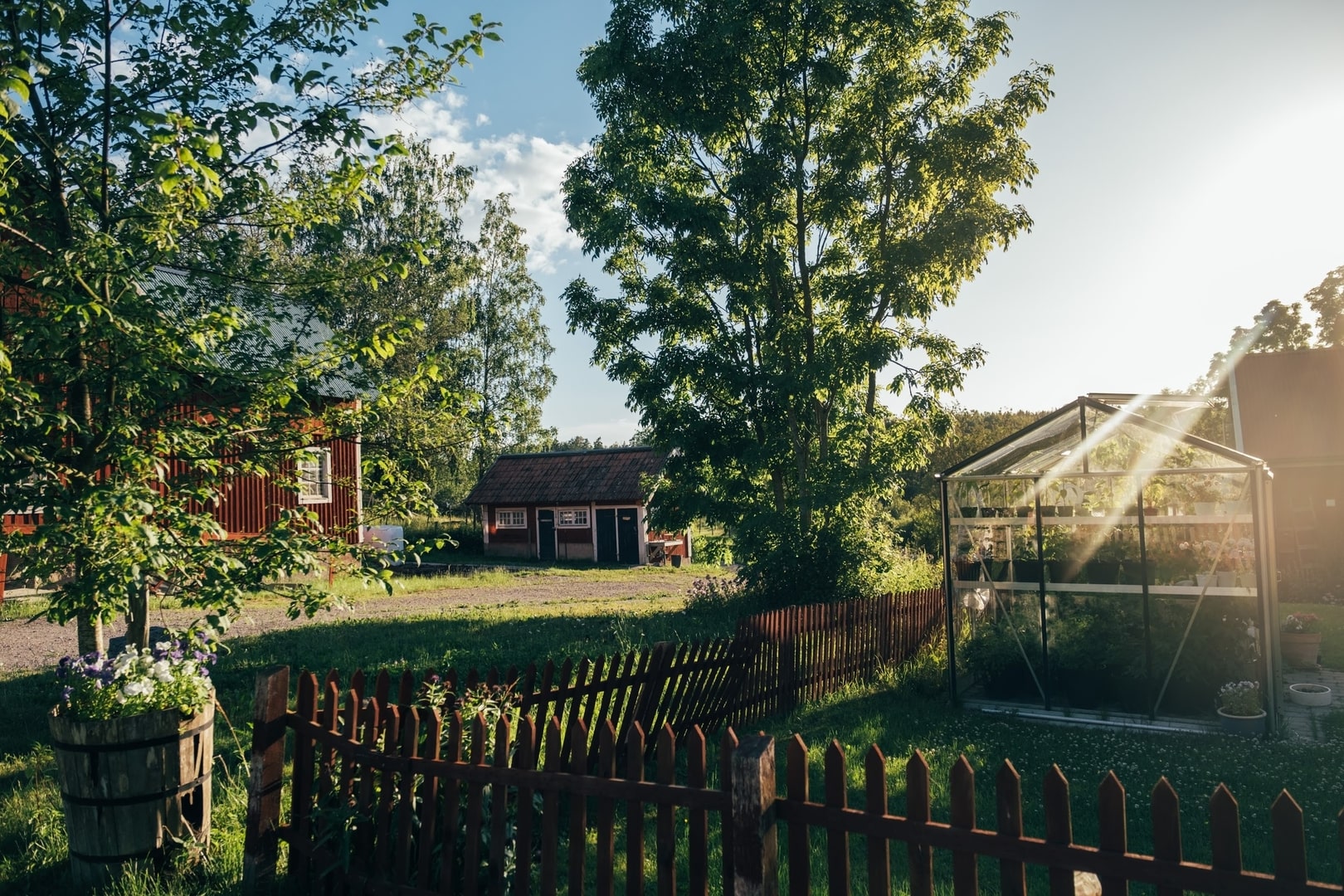
4. There’s a first time for everything, including hiking at an airport at Janine’s campspace in Kühndorf, Germany! Go above the clouds this time, and hike to a spot where you can settle and stargaze.

5. Nature all around, and an active travellers' paradise, visit Jan’s campspace in Telemark, Norway! Hills, mountains, water, trails and arctic animals, this place has it all. Hike through Norway’s largest national park and see the fjords.
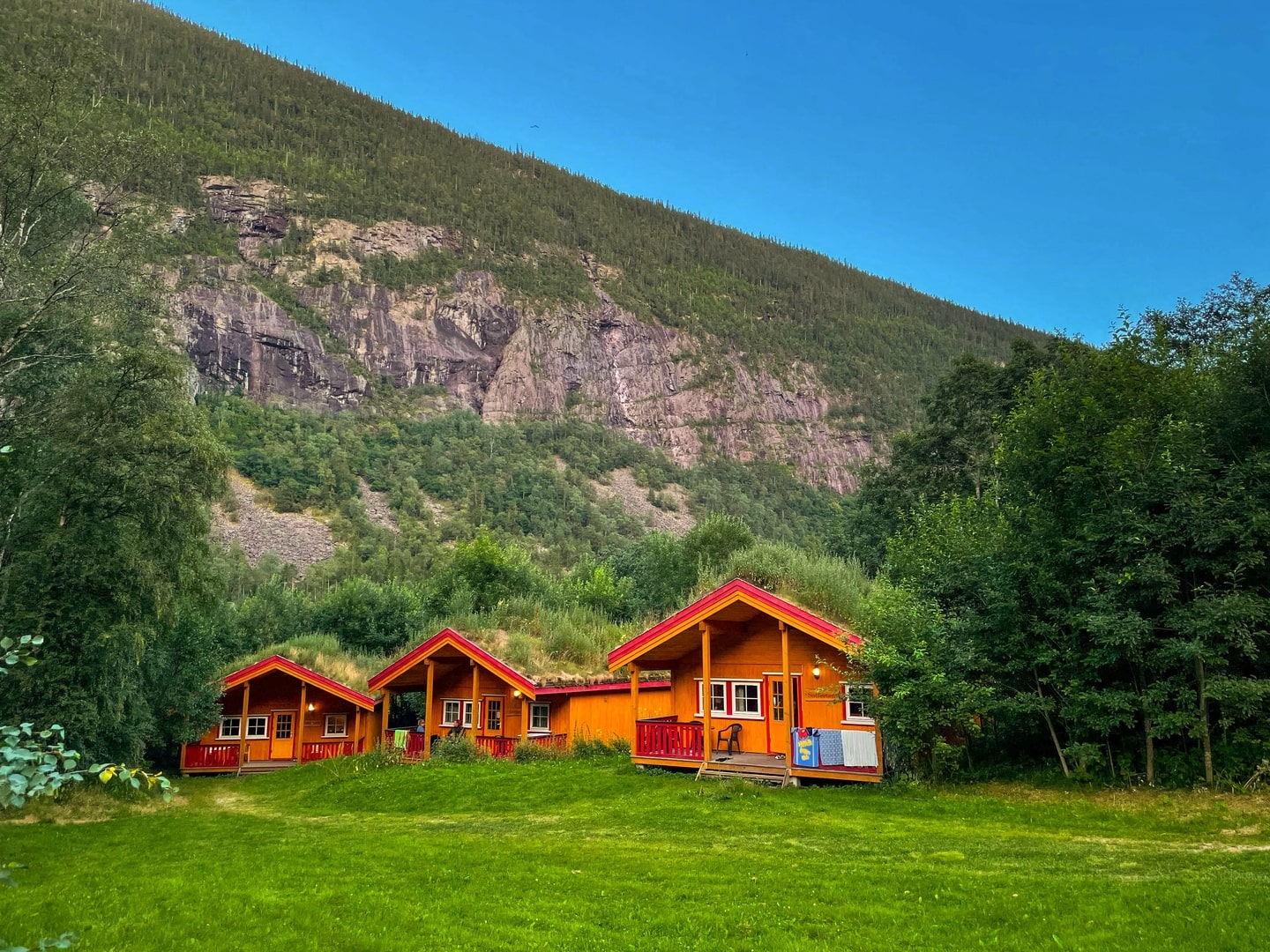
6. At Frank’s campspace, experience an idyllic ecological camping experience near the forest! In Flanders, Belgium, spot barn owls while exploring the area, and perhaps after endless hours of hiking, treat yourself to a sauna session!
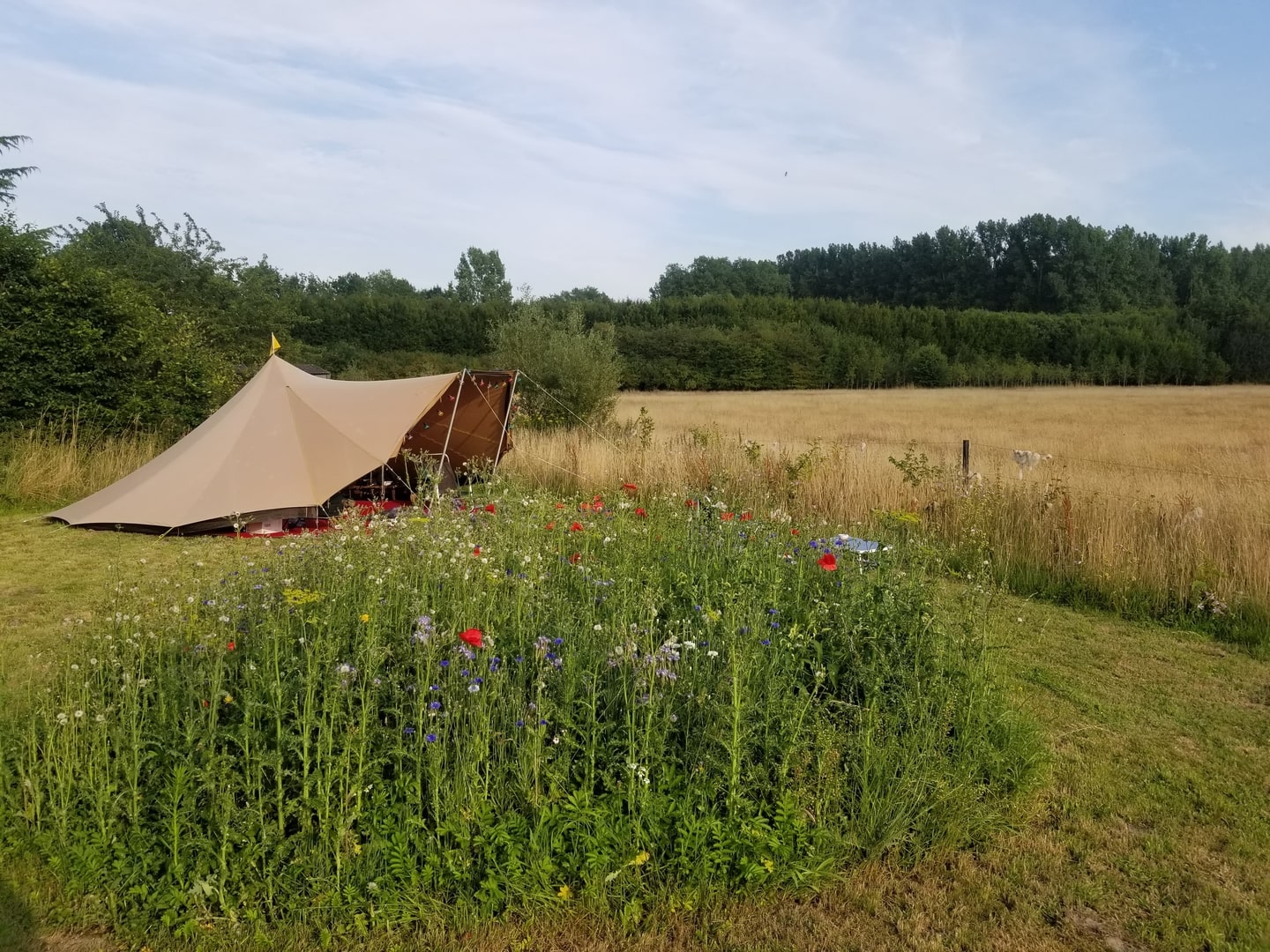
7. Experience incredible hikes at Maxine’s campspace in the Pembrokeshire Coast National Park and Springfield farm! A wildlife haven and near a beach, if you wish to truly 'wild camp' you are welcome to select a spot which appeals to you, as long as no livestock is in the field!
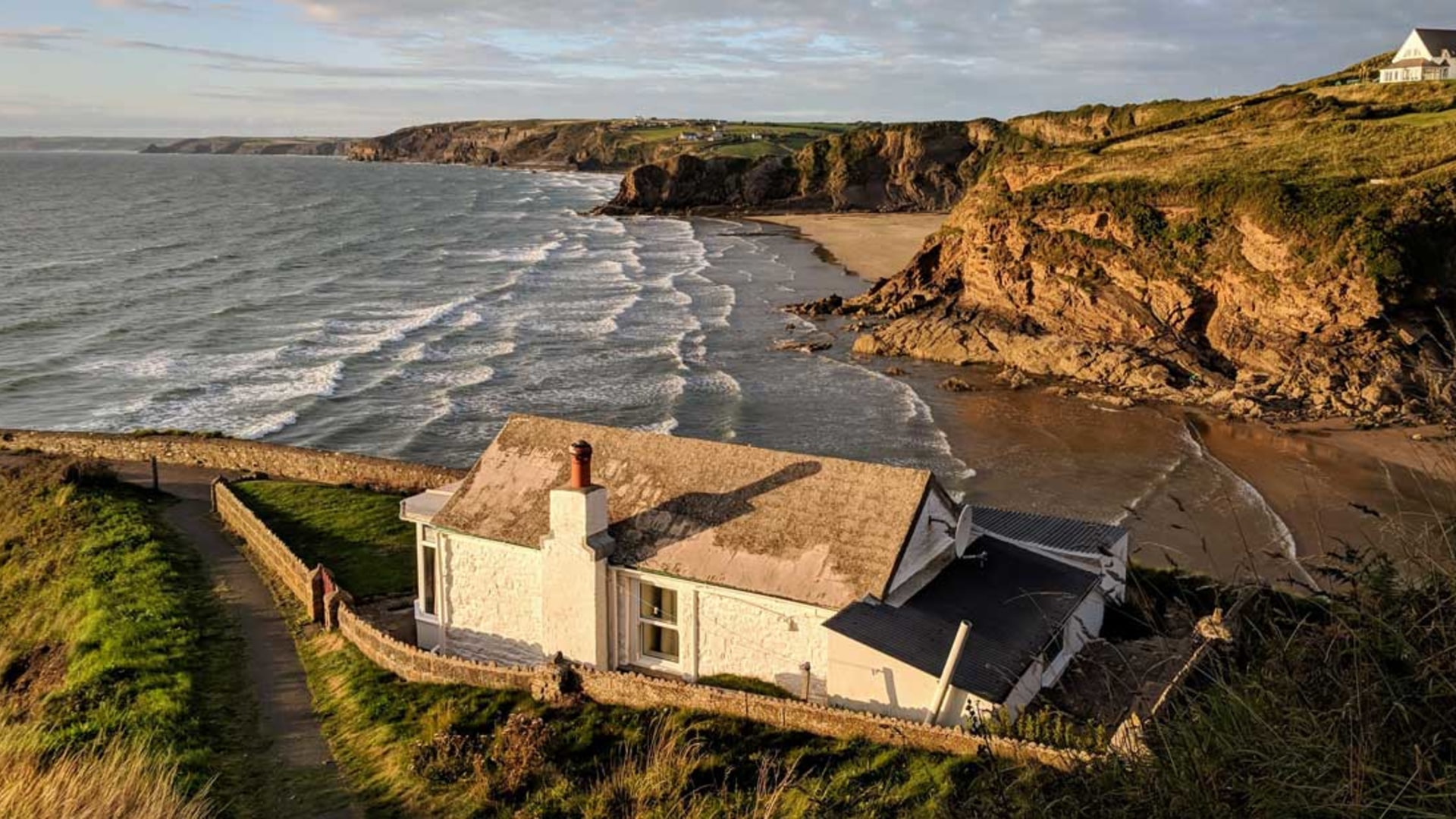
So, there you have it! You are well-prepared for your camping trip or hike up in the mountains or forests. This is your sign to go on your adventure and book your incredible campspace experience. Don't wait!
Find your sustainable getaway
Up to 95% CO2 reduction if you book a campspace adventure. Learn more